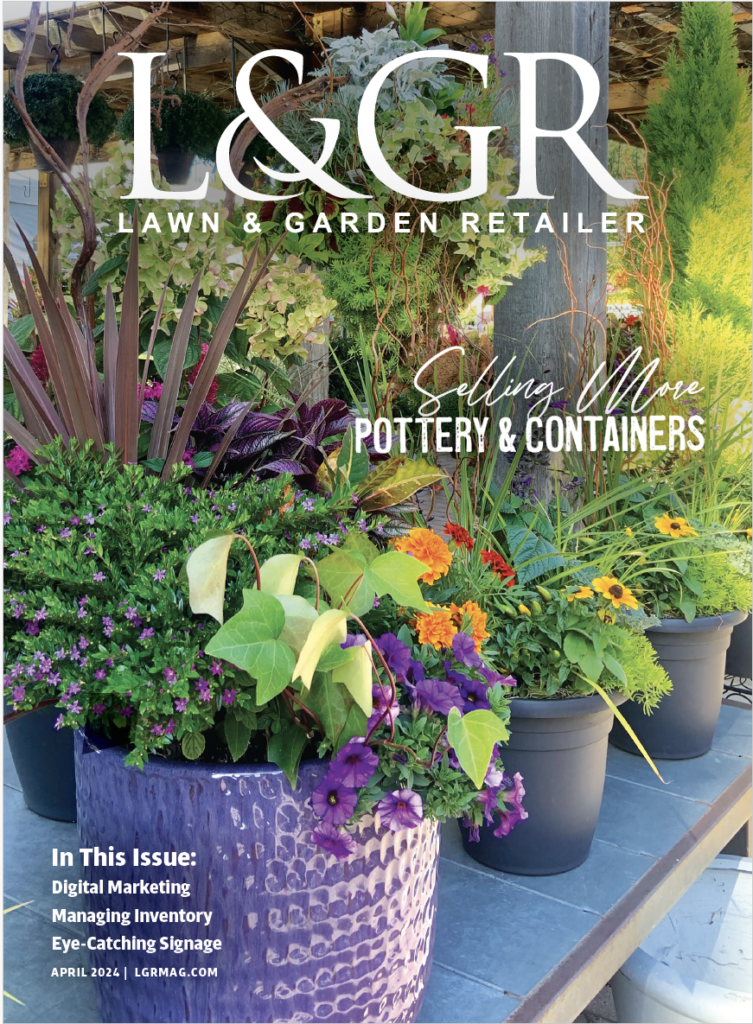Industry Leader Forecast
Even with a magical crystal ball most people think predicting what will happen in the future is more entertainment than science. I disagree. We may not be able to know details with 100-percent accuracy, but there are situations where you can gather evidence and make a really good educated guess.
We’ve actually tried to take some of the guesswork out of guessing by asking other people to do it for us. We asked a group of about 12 industry leaders to go out on a limb and answer the same question: What do you think is the biggest opportunity for independent garden centers in 2005? Their answers contain some really good hints about what we can expect in the coming months, and they give you a good starting point for making your own predictions.
As you can see from our shortened list of respondents below, not everyone felt up to the challenge. That’s ok, though, we’ll let it slide this time. To those of you who stuck your necks out… we’ll try not to make too much fun of you next year!
Getting Control
Jack Bigej, Al’s Garden Center
When asked to write about the opportunities I see for independent retailers, I get excited. I think we as independents have a lot going for us and tremendous opportunities ahead. One of the largest advantages I see is being a grower-retailer. Vertical integration with control over product mix, supply and quality gives us a definite advantage. We have a greater ability to move when necessary, and we can use our product to drive business. We can grow product for a promotion planned in advance or lower the price for a sale when the weather or economic conditions are not optimal.
We have found the flexibility of being a grower-retailer very much to our advantage. The box stores are no longer priced under our prices unless we chose to let them. Our other advantage is the selection of plants we grow. Each year we Á conduct a trial and let our customers choose which plants are their favorites; we just have to figure out how to grow it as far as size and shape, but we know their preferences and can cater to their wishes.
We can go deep in some areas and shallow in others. We have the supply, so on time delivery is possible. We do not have to try to grow our product in the retail center as we used to with bare root stock. We can now grow the tree in our pot-in-pot and bring it in to display when ready. Our displays are nicer, not crowded, yet we have the product available to sell immediately. As a side effect, it gives us more marketing and public relations opportunities. We can go to the press with growing tips, getting our name out there once again. This just gives us a secondary opportunity for the press to write about us.
I guess when I am asked about the opportunities for independent retailers, I still keep coming back to the element of control that being a grower-retailer allows. I feel it is very necessary in this ever-changing retail environment to maintain control.
Develop Customer Loyalty
Jamie Gibson, University of Florida-Milton
One of the greatest investments an independent garden center can make in 2005 is to enhance customer loyalty. We all witnessed a perfect example of establishing and maintaining loyalty in the recent presidential race… but let’s not discuss politics.
Customers express loyalty to businesses that make them feel welcome and at ease. Places where they know they are going to find what they want, where they will be greeted by knowledgeable and friendly salespeople, and where they know they will have a fun experience not a mundane errand.
Why customers quit was the topic of a poster I recently saw displayed in a retailer’s office. The poster listed statistics published by U.S. News and World Report. Customers quit because they die (1 percent), move away (3 percent), develop other friendships (5 percent), competitive reasons (9 percent), product dissatisfaction (14 percent) and the big whopper (68 percent): because of attitude of indifference toward the customer by an employee.
Garden center operators must fine-tune their understanding of their customers’ desires in order to achieve a loyal clientele base. Here are a few ways to increase loyalty by knowing the customer.
- Be a ghost shopper and walk your sales floor (become the customer), and ask yourself how you react to displays and products.
- Direct surveillance cameras to endcaps and seasonal displays to observe customer reaction. Have you sparked impulse buying, or have you discouraged shopping?
- Chat with shoppers; take off your retailer hat and become a gardener by conversing about plant performance in your display garden.
- Host a weekly or monthly seminar to educate customers on the products and plant material you carry.
- Provide surveys during the post-purchase stage by incorporating a short electronic questionnaire at checkout or delivering a verbal survey when goods are loaded into the customer’s vehicle.
- One of the best ways to know the customer is to bring in loyal clientele that will critique your entire operation. A large number of shop improvements can be made by simply walking around the store and asking your biggest fans questions.
- A great way to attract customers is to encourage feedback using an in-house display. You can ask questions such as: Why is the customer here? Do they appreciate product quality, or do they like the atmosphere? Do they feel they were adequately helped? Are there any products they would like to see in the store? Granting consumers’ wishes will surely enhance loyalty to your operation.
Good luck!
Container Gardening Department
Judy Sharpton, Growing Places Marketing
It is gratifying when predictions are born out in real events. This time last year, I was worrying over the emphasis on the new “Taj Mah” garden centers that had received so much attention in the trade press. Having seen the success of small stores like Tangletown in Minneapolis and Hester & Zipperer on Wilmington Island, Ga., (see page 84 for more details on these “recycled” garden centers) I am gratified that the not-so-big garden center seems to be thriving.
With smaller space comes great focus on making the space work to the fullest. Product turn and margins become the essence of producing profit from every square foot of retail in all selling seasons. No longer is there the luxury to allow low margin; slow-turning products occupy valuable, limited floor space. Or worse, is allowing valuable floor and table space to sit empty.
If we match this space factor with the time-starved consumer, we already know the hottest product in our industry container gardening. Look at the advantages of this product. We can sell multiple, larger, higher margin plants instead of single pots or flats. We can sell the potting soil, amendments and watering tools for the containers. We can sell the containers. Then we can resell all the ingredients for the container as the seasons change. We can sell unique product mixes and enhanced service. We can really show off the expertise that the consumer comes to the independent retailer for in the first place.
There’s just one thing missing. We continue to put up barriers at the store level to the customer’s contact with the product. The plants are in one place in the store, the pots in another, and necessary add-ons like soil, fertilizer and water tools are located all over the place. Store layout gets in the way of ease of purchase and profits.
I predict the independent garden center will finally see the opportunity to introduce the classic mannequin concept, so prominent in mainstream retailing, to the creation of a container gardening department. I predict the garden center will staff this department with a sales person trained in combinations, provide a convenient work space for both staff and customers and collect all the products needed to create containers in that department. I even predict independents will offer two or three distinct sizes of large color combinations in “plasticotta” and match the same sizes of high-end pottery for an easy upgrade.
With 4- to 6-inch “ingredient plants” grouped within easy shopping distance, the customer can choose a complete do-it-yourself product, a pre-made planter in inexpensive plasticotta or an easy upgrade to terra cotta or glazed containers with the plasticotta bowl as a liner.
Build a Brand
Pat Bailey, Bailey Nurseries and New Growth Marketing
The biggest opportunity for independent garden centers (IGC) is to harness the power of brands, primarily one’s own, secondarily those of others in the market. Just look at retailers outside the green industry, such as IKEA, GAP, Target and others, who strive to build an identity all their own. One step into their stores, and there’s no mistake where you are: All signage portrays a consistent look and ambience, emphasizing the store’s brand, leading customers through the store and highlighting key products and departments as well as in-store specials. Signage is a simple but effective way to harness the power of a store’s brand.
The same should apply to independent garden centers. An IGC should take advantage of the power of its own brand and enhance its appearance and ambience both inside and out, making it an inviting haven for customers. Create a unified, cohesive look through complementary color schemes and consistent signage. Each touch point is an opportunity to strengthen the connection of your brand with your customer, while making it a more enjoyable shopping experience.
Many green goods vendors have developed strong brands, and many more are sure to come. Stock those that resonate with your customer, are supported with a marketing arsenal and, most of all, help you sell more. A great opportunity for an IGC is to use the strength of these brands to promote and sell other products and services. A good brand will enhance add-on purchases such as companion plants, decorative pots, aluminum sulfate, tools, etc. Vendors are getting more creative with brands, offering IGCs toolkits to create their own co-branded postcards, highway billboards, POP and other materials. Take advantage of these programs.
The key is for an IGC to use brands that help differentiate it from other retailers, either in the trade or outside of it. Build your own brand primarily, and use others to enhance upon that.
Lessons From Abroad
Dale L. Bachman, Bachman’s Inc.
In October, my wife Ruth and I traveled to New Zealand to participate in the 2004 International Garden Centre Congress. We toured garden centers and networked with 200 garden center professionals from 17 countries. It was indeed a long way to go to visit garden centers, but it was worth it. During the country reports, it was clear that England and Europe had suffered through a very difficult spring weather pattern. Words like “dreadful,” “wet spring” and “worst ever” were used to describe 2004. In Germany they are dealing with an additional challenge. The economy is struggling as it continues to deal with high unemployment, the effects of unification and possibly unsustainable high costs of social programs.
I met Tobias Meisert of Meisert Garten Center in Hannover, Germany. I asked Tobias how he was going to deal with these difficult times. His rapid, confident and passionate answer gave me hope for his organization and for those seeking continuous improvement. He said he was going to focus on three main strategies:
1) We are a family business, locally based. Be yourself, be unique, be personal, be involved with your customers and your community, be seen, be present and be family-friendly. Have a children’s play area available. The goal is providing the best quality, service and selection 100 percent of the time. In addition, be the specialist. Be the local hero for information.
2) People are most important: happy employees, happy customers and happy suppliers. Train your staff, keep employees informed about new trends and products, have a consistent communication strategy and always listen. Market using happy people enjoying, relaxing, discovering and becoming inspired. Motivate staff and customers with a vision that makes a personal and emotional connection. Surprise and delight your customers with people who are enthusiastic and passionate.
3) Careful and effective business management Á by the numbers. Be aware of economic conditions. Plan, budget, monitor and then be flexible to react quickly to changing circumstances. This young man has direction and purpose. His formula has no geographic limit and with proper execution has unlimited potential.
There was so much to learn in New Zealand. They are doing better than we are wtih signage. Harrison’s Country Gardenworld had one of the best, most colorful, fun, flexible area signage systems that could change as often and as quickly as the creative mind of our host, Lance Bills: family owner/operator… surrounded by a team of motivated people and very happy customers (he invited his best customers to enjoy the refreshments and special offers on tour day)… managing his business by the numbers. A sign that read “Oh! The Fragrance! Plants for Perfume.” with a delightful display of fresh, fragrant product surrounding it is only one example. For anyone interested in next year’s Congress, scheduled for August 21-26, 2005, in Paris, just log onto www.igca2005.com. I think Ruth already signed us up.
Control Your Destiny
Stan Pohmer, Pohmer Consulting Group
Many of you are thankful you survived 2004. It was such a yoyo year with weather, the lackluster economy and competition all playing against you. But there’s good news on the horizon for 2005… if you are willing to go after the opportunities, which might require some change in the way you address the marketplace.
There are three ways you can increase your sales: attract more/new customers, increase the shopping frequency of your existing customers and get those existing customers to spend more each time they’re in your store. Here are some ways to accomplish this.
First, the mass market is focused on selling stuff at a price, a transactional mindset, one sale at a time. Now more than ever, the consumer is looking for experiential relationships, not just price-focused purchases. Now, price still plays into the buying decision, but it’s not the major factor most of us believe it is. Independent garden centers have the competitive edge in your ability to identify what the consumer is really buying application, end use, satisfaction, enjoyment, yard decorating and positioning your assortments, displays/presentations, image, marketing message, services, etc… on meeting her needs. Do whatever it takes to establish a relationship and foster an enjoyable experience for your customers.
Second, market, promote and advertise (yes, these are all separate activities!) the benefits, uses and features of your products and services… not just the price. Focus on the experiential, not the transactional.
And third, the decision maker for purchasing your products and services is predominantly female. Think about signing and labeling, colors, presentation, sizes of products, the customer service you provide and even the availability and cleanliness of your restrooms from the women’s perspective. Guys, get in touch with your softer side or get one of your female employees to translate the needs of this very important customer segment for you.
Will 2005 be less competitive than 2004? Not on a bet! But you can control your own destiny; don’t let the mass marketers control it for you. You have lots of things you can offer that can set you apart from the price rat race… but you need to have the mindset and commitment to make it happen.
Best of luck on your journey to success in 2005!



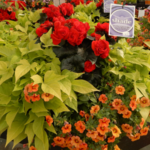
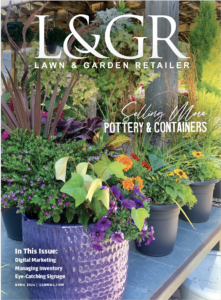
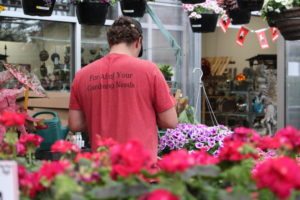
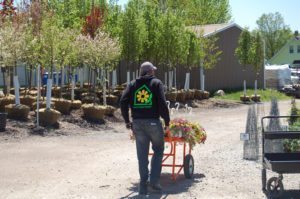
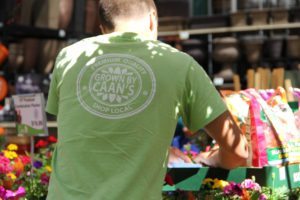

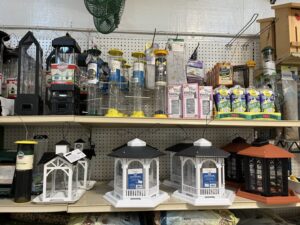
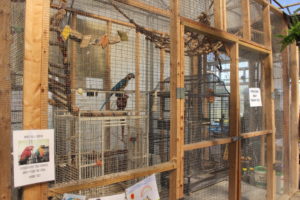
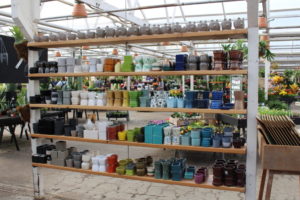

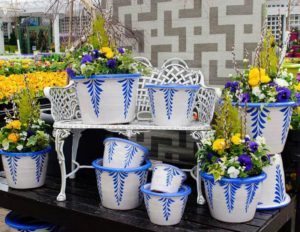

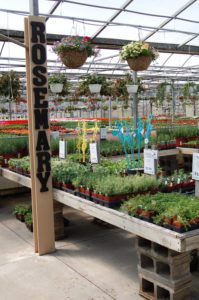
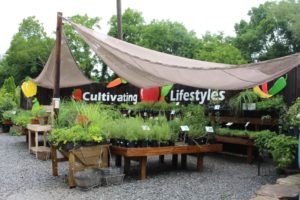
 Videos
Videos




